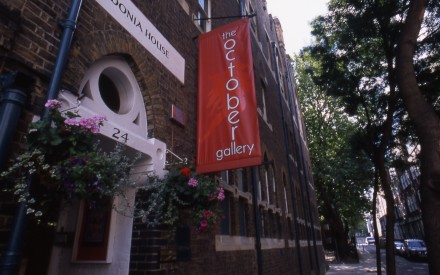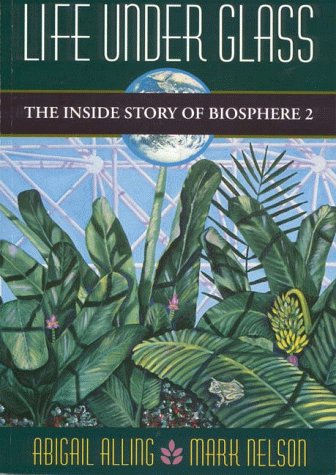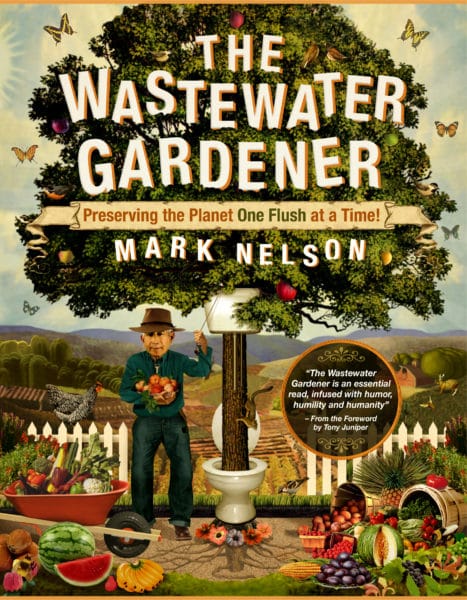
Wisdom from the Elders: Stories from Indigenous Ayahuasca Traditions

Artist unknown. Shipibo Textile. Courtesy of St. Lawrence University, in Ayahuasca Reader
Ayahuasca is More than a Headline
Respecting Indigenous Ayahuasca Traditions
The Story of a Young Shaman
The following narrative from Ayahuasca Reader is by Yagua shaman Alberto Prohaño as told to French anthropologist Jean-Pierre Chaumeil places an emphasis on ritual itself and the actual songs used to invoke the different plant-spirits. The individual performance of the shaman facilitates a social function in connection with themythic presences invoked through the act of singing. This text also exemplifies theole of ayahuasca as a milestone in the path of knowledge, following other sacred plants such as piripiri (Cyperaceous sp.) and tobacco…
Excerpt from “Initiation Experience”
On the third moon, múwa wánditu, I again drank ayahuasca mixed with tobacco juice and piripiri. At each stage, a new plant is added, with the goal of knowing them all, little by little. My deceased father and I sang the song to call the mother of ayahuasca:ramanujúhamwo ranatutéhiyeee yeee yeee yeeeeeeee
yeee yeee yeee yeeeeeeee
ramanujúhamwo rándia tuwatiaténdehi
ramanujúhamwo rándia tuwatié ndaria
yándatiénda npënanujú
hastëro rimínda
yátí yátí yátí yátí yátí
yátí yátí yátí yátí yátímother of ayahuasca, I’m going to call you
(call) yeeee yeee yeeeeeeeee
mother of ayahuasca, I don’t know you (I want to know you)
I still don’t know you
teach me how to heal
I want to extract virotes
come, come, come, come, . . .The ayahuasca takes me, drags me along. Images appear. My father questions me. I answer that I don’t see anything. He gives me another dose that I swallow. The colors dance, the lit candle appears . . . on a second plane, animals torn to pieces parade past . . . my bones come out of their joints; the creatures devour my flesh . . . But a sweet voice echoes in my head: “Look! Study! Learn about this plant. Smoke, but do not spit. Swallow all the smoke. Don’t let even a mouthful escape.”
I suck on the cigar pë pë pë pë . . . a strange smell invades me, sweet and perfumed, followed by the image of a thick ayahuasca trunk. Whispering comes from below the vine, as if someone were speaking or, perhaps, singing:eeeee eeeee eeeee
I’m the mother of ayahuasca
come closer and light this cigarI take several puffs on the enormous cigar that they give me and I swallow all
the smoke:uuuuuuuuuuuuuuuuuuuu.A perfume penetrates my cold body. The images go up in smoke, little by little. I’m normal again. My bones are welded together. Then they appear again . . . I’m scared . . . they calm once more only to return again. Terrifying images parade before my eyes. My bones explode . . . there are toothless monsters that fly, jump, fall, hang in the air, bite and devour each other . . . I want to leave, but a voice intervenes:
“Drink a little bit more. You’ll see everything.”
Carrying the Wisdom of Ancient Practices
In Ayahuasca Reader: Encounters with the Amazon’s Sacred Vine you’ll find myths and stories passed down over generations of Amazonian healers, personal testimonies of experiences with Amazonian cultures, a selection of hymns and texts from the religions using ayahuasca as a sacrament, writings from well-known figures in the literary world on the lasting influence of their experience, and a section of transcendental visionary color art to illuminate our understanding of ayahuasca.
Read more about these practices and dive into the deep traditions of Amazonian plant medicine wisdom. Support our Indiegogo campaign and you’ll receive your copy of Ayahuasca Reader, and you can check out the other incentives we have to take your further in your exploration of consciousness and planetary culture.
Honoring Diversity at the World Ayahuasca Conference
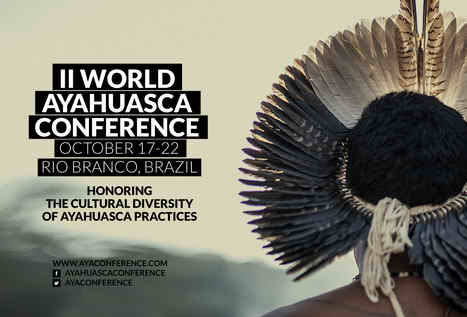 You can join the largest gathering of the world ayahuasca community, meeting. Come together with more than 100 speakers who will share knowledge and expertise through presentations and cross-cultural roundtables, and take this opportunity to learn more about the diverse indigenous communities participating in the conference, and to take in film, music, art… and much more.
You can join the largest gathering of the world ayahuasca community, meeting. Come together with more than 100 speakers who will share knowledge and expertise through presentations and cross-cultural roundtables, and take this opportunity to learn more about the diverse indigenous communities participating in the conference, and to take in film, music, art… and much more.
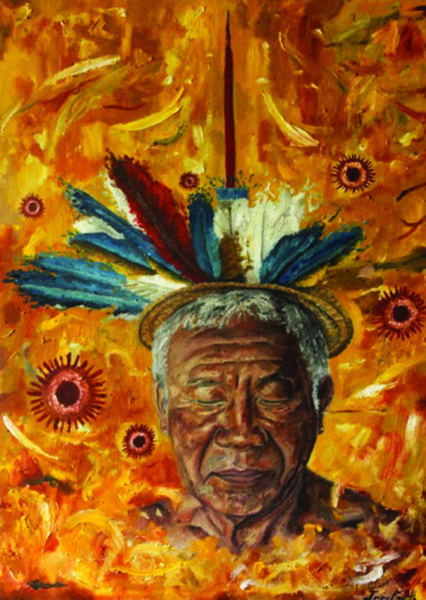
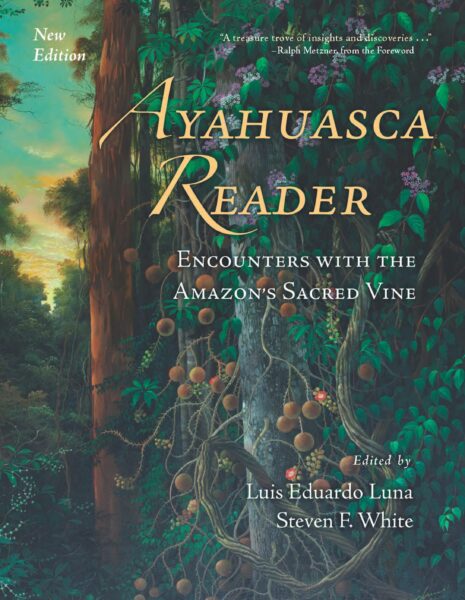

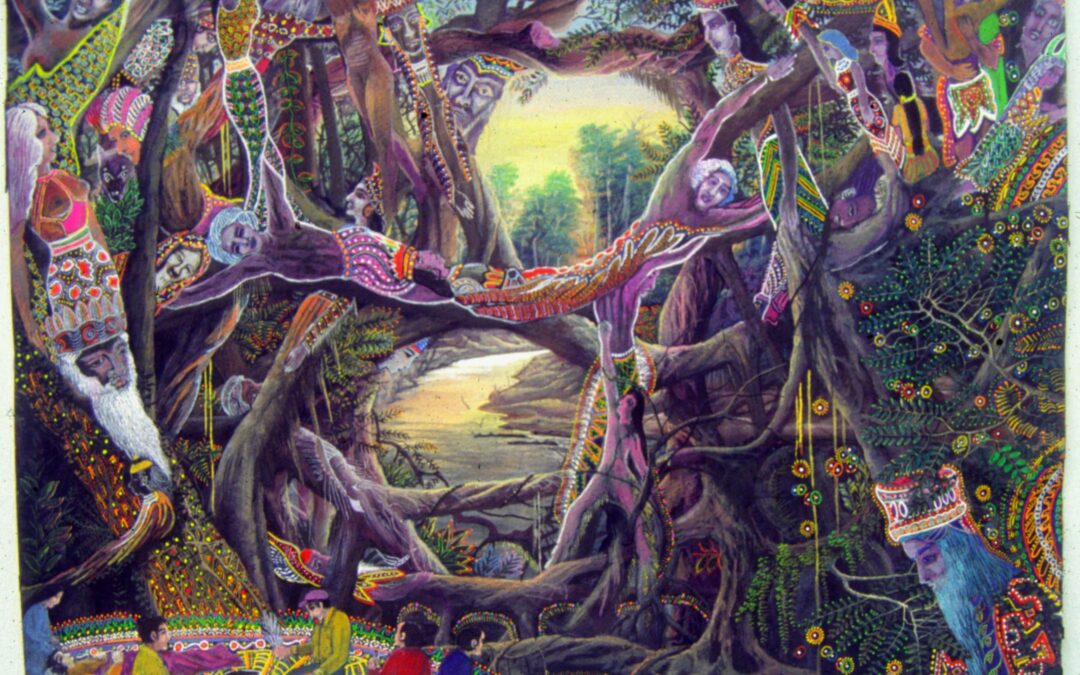
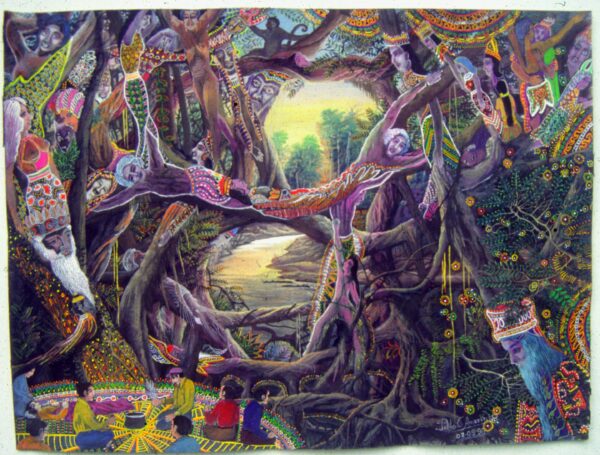
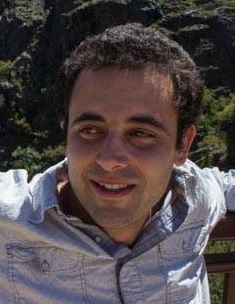
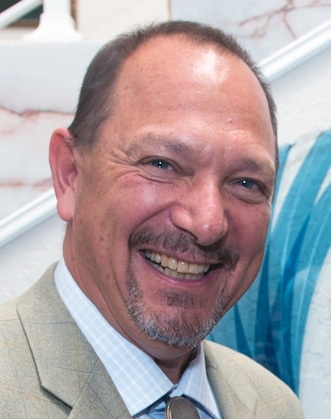
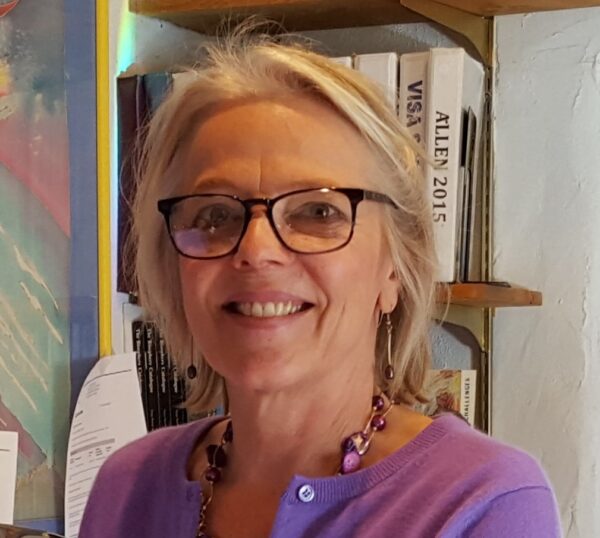
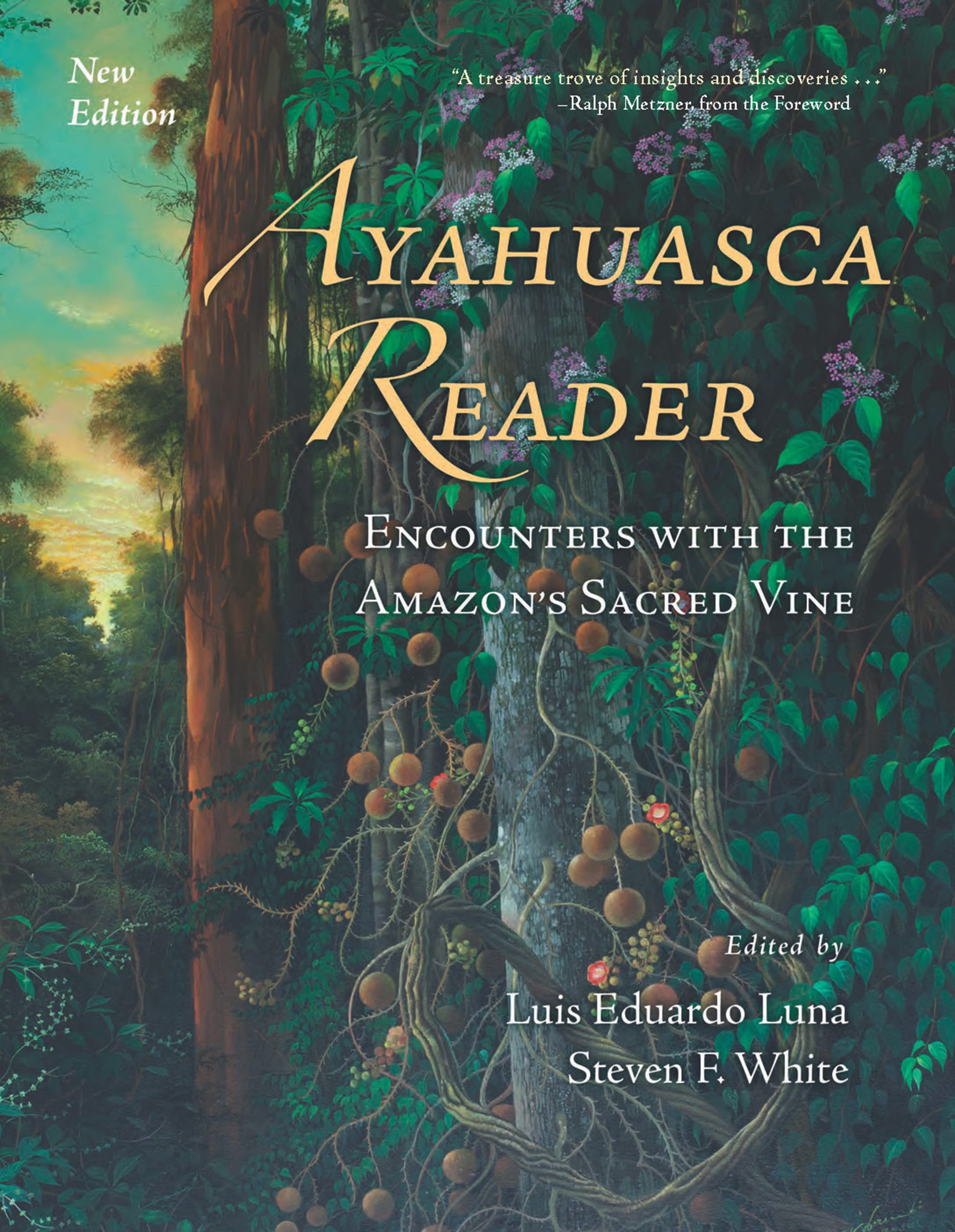
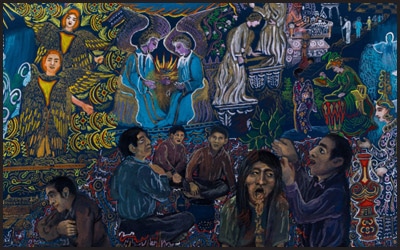

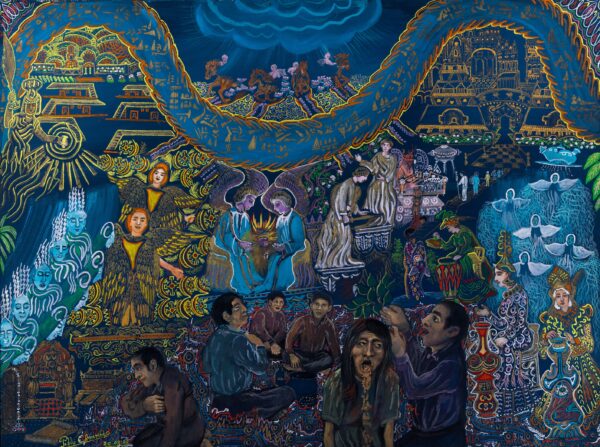

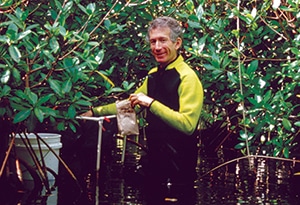
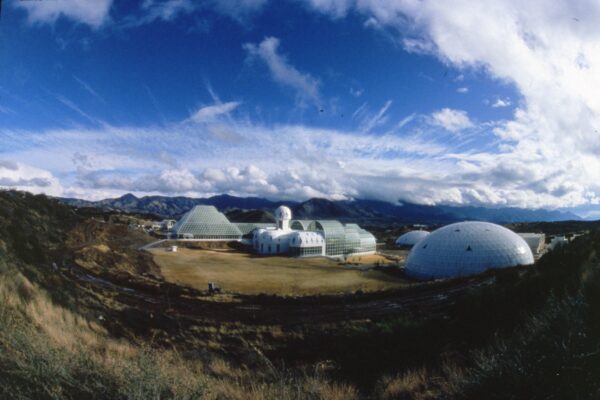
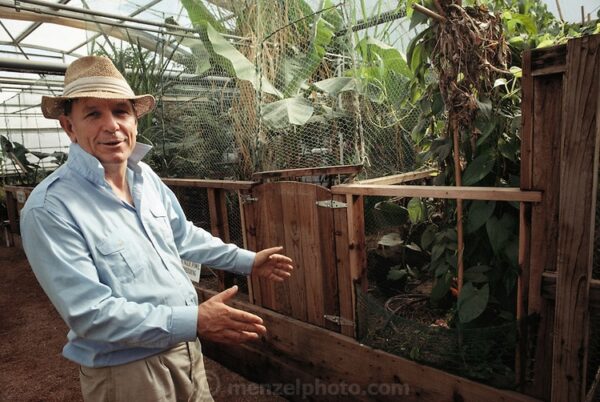
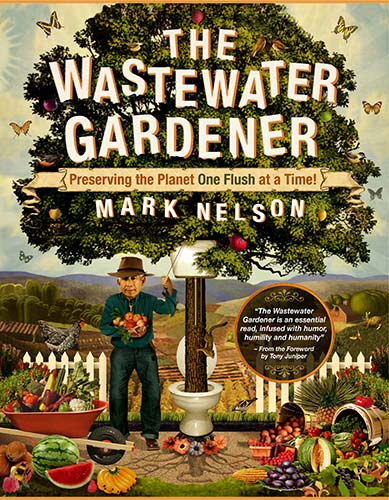
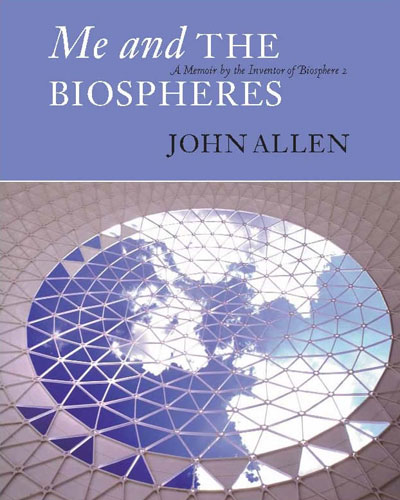
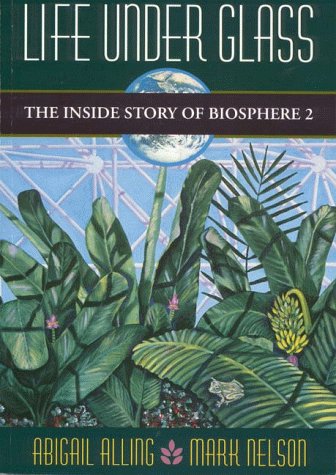
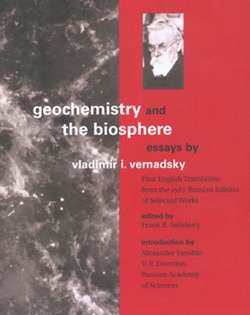
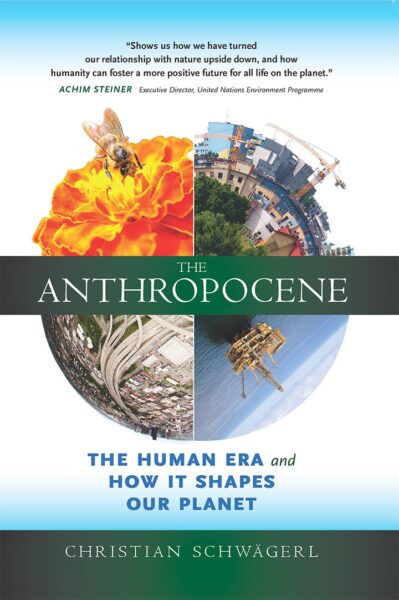
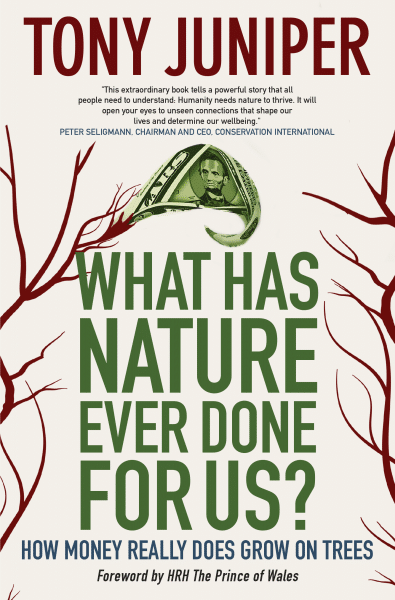
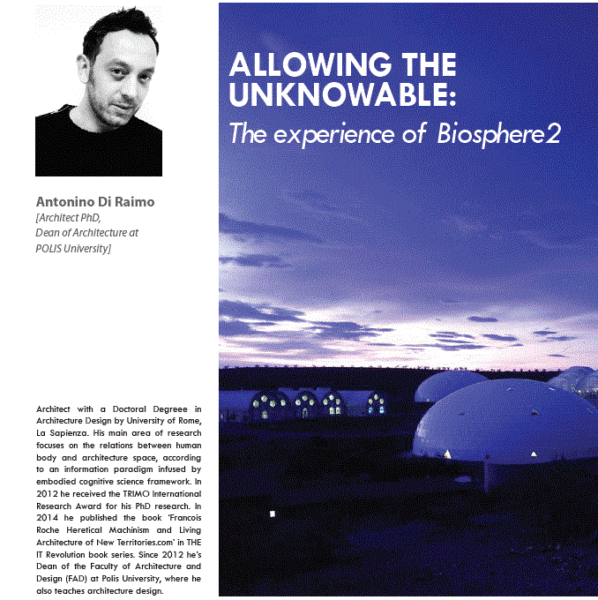
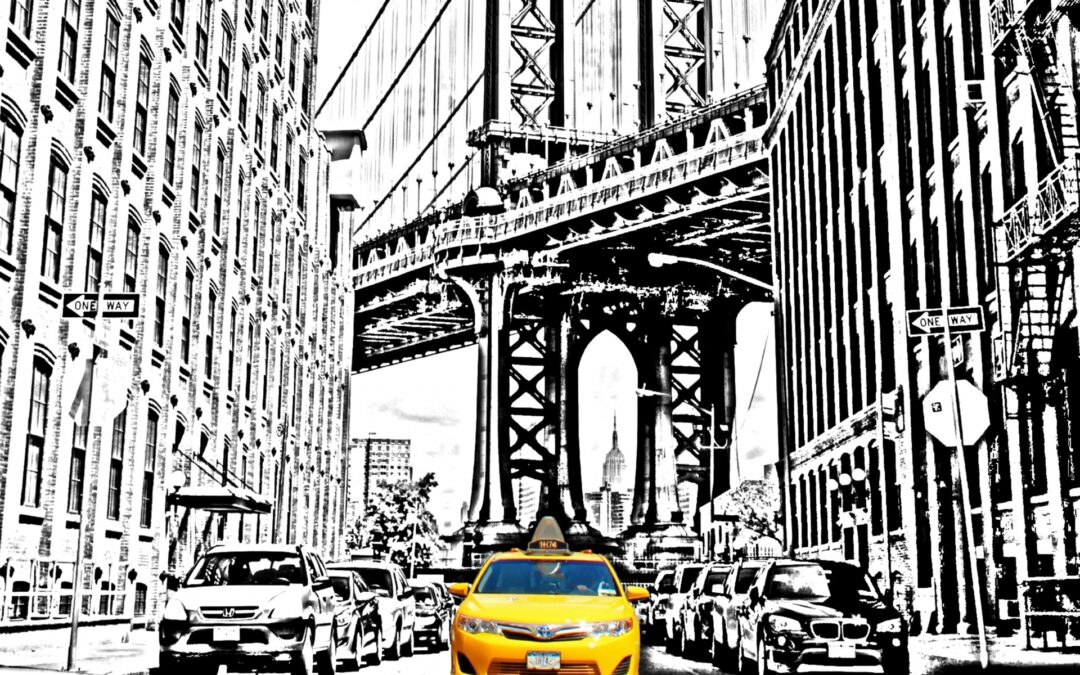
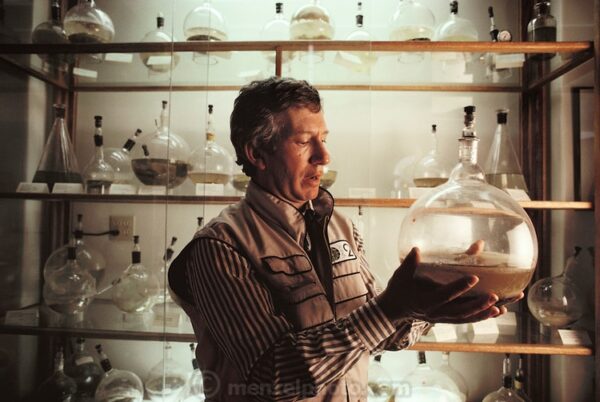
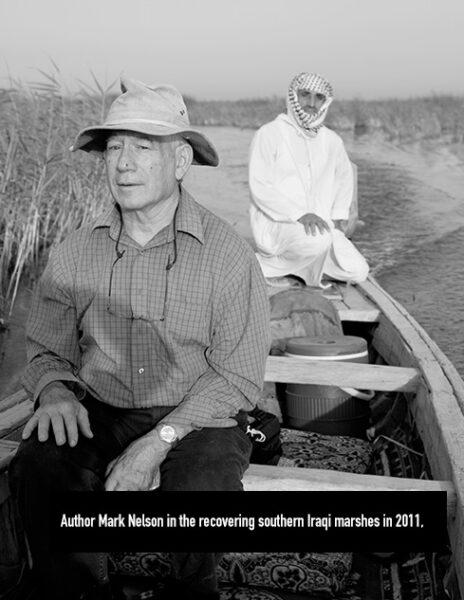 Nelson was a member of the first team of “biospherians” 1991-93 inside Biosphere 2, in Arizona. He is associate editor of Life Sciences in Space Research and organises sessions at COSPAR and other space science conferences. In 1987, he was an organiser of the first international conference on closed systems, held at the Royal Society. His books include: Space Biospheres (with
Nelson was a member of the first team of “biospherians” 1991-93 inside Biosphere 2, in Arizona. He is associate editor of Life Sciences in Space Research and organises sessions at COSPAR and other space science conferences. In 1987, he was an organiser of the first international conference on closed systems, held at the Royal Society. His books include: Space Biospheres (with 